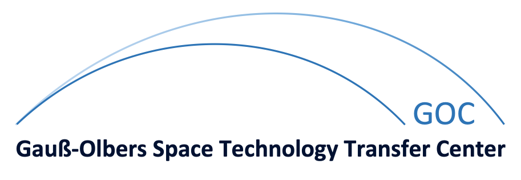A Study on Combining Acoustic Echo Cancelers with Impulse Response Shortening
| Authors: | S. Goetze, M. Kallinger, K.-D. Kammeyer, A. Mertins | ||||
| Abstract: | In hands-free video conferencing systems acoustic echo cancelers (AECs) have to face the problem of very high-order impulse responses (IRs), which have to be compensated. Time-domain algorithms for adaptation often suffer from slow convergence (as the NLMS algorithm, e.g.) or high computational complexity (e.g., the RLS). On the other hand frequency-domain algorithms introduce undesired delays [S. Haykin, Filter Theory, 2002]. For high-quality hands-free systems IR shortening concepts and IR shaping concepts developed for listening room compensation (LRC) [M.Kallinger and A. Mertins, in Proc. Asilomar, 2005] can be applied to increase speech intelligibility for the near-end speaker. The aim of this study is the synergetic combination of LRC concepts with acoustic echo cancellation. For this scenario two different forms of concatenating the subsystems are possible. Either the AEC filter follows the LRC or vice versa. In the first case the equalization filter reduces the length of the effective IR seen by the AEC filter. Thus, shorter AEC filters can be used which results in faster convergence. However, an estimation algorithm for the room IR is necessary for the LRC subsystem. In the second case the AEC delivers an estimate of the room IR which can be used as an input for the LRC filter. Experimental results confirm the superiority of the new combined approach. | ||||
| Document type: | Conference Paper | ||||
| Publication: | Honolulu, USA, 28. November - 2. December 2006 | ||||
| Conference: | 4th Joint Meeting of the Acoustical Society of America and the Acoustical Society of Japan | ||||
| Index: | 283 | ||||
| Files: |
|
Last change on
02.01.2009
by
S. Goetze
© Department of Communications Engineering - University of BremenImprint / Contact







